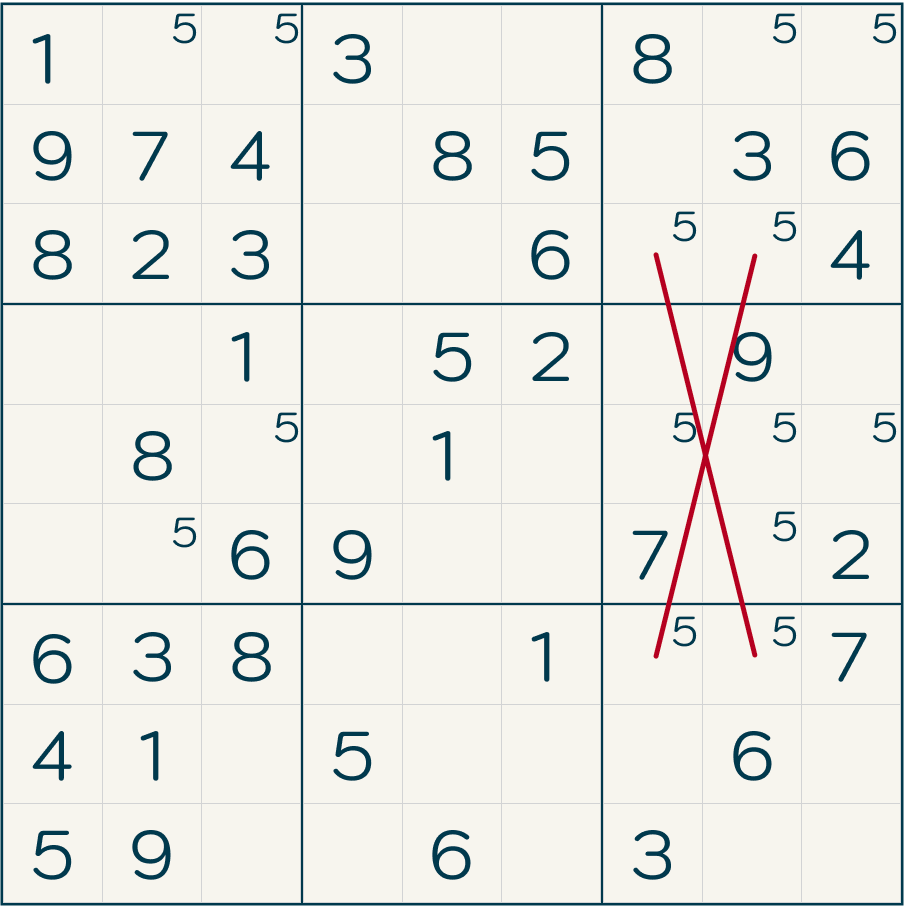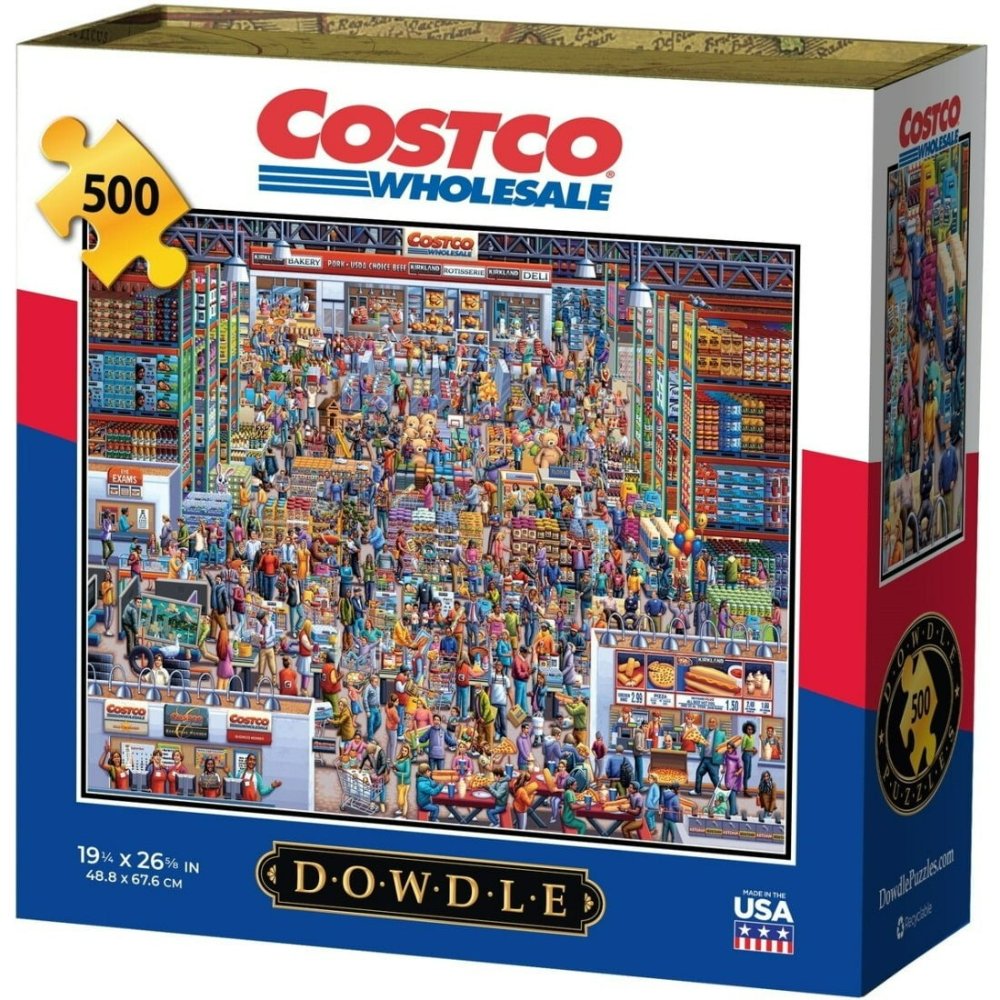Introduction to Sudoku
Sudoku is a brain-engaging puzzle that hooks players world-wide. It challenges your logic and problem-solving skills with its simple but profound grid structure.
What is Sudoku?
Sudoku, a game that tests your reasoning, comes in a classic 9-by-9 grid. Divided into nine smaller squares, each 3×3, it requires every row, column, and square to have unique numbers from 1 to 9.
The Appeal of Sudoku Puzzles
Sudoku captivates minds with its clear goal and satisfying solution process. It tempts puzzle enthusiasts with both straightforward and complex challenges. Moreover, Sudoku’s appeal lies in its ability to offer mental workouts within a structured environment, catering to those who seek a cerebral pastime.

Basics of Playing Sudoku
Getting to grips with Sudoku is easy once you understand the basics. It’s a game of logic, where numbers fit into a distinctive pattern.
Decoding the Sudoku Grid
A standard Sudoku puzzle presents a 9×9 grid, divided into nine 3×3 boxes. Your task? Fill every row, column, and box with numbers from 1 to 9. No number can repeat in any row, column, or 3×3 box. Think of the grid as a big puzzle with 81 little challenges, each spot needing the right number.
Understanding the Rules of Sudoku
There are three main rules to remember when playing Sudoku. First, each row must feature the numbers 1 to 9, without duplication. Second, this same no-repeat rule applies to every column. Third, you must fill each 3×3 box with numbers from 1 to 9, ensuring no duplicates within the box. Some grids start with numbers already filled in; these are your clues for placing the remaining numbers. Using logic and pattern recognition helps solve the puzzle more effectively. Avoid guessing. It’s not about luck, it’s about strategy and noticing how numbers work together on the grid.
Core Sudoku Strategies
Sharpening your Sudoku skills requires a strong grasp of core strategies.
The Process of Elimination
To succeed at Sudoku, leverage the process of elimination. Start by scanning rows, columns, and 3×3 boxes. Look for numbers that are already present. Determine which numbers are missing. By doing this, you can eliminate certain possibilities from the empty cells. If a ‘5’ appears in other rows of a 3×3 box, it can’t be in the same row within that box. This tactic narrows your choices, guiding you towards the right solution.
Deductive Reasoning in Puzzle Solving
Deductive reasoning is your mental superpower in Sudoku. It involves using known information to deduce missing values. Focus on solid clues rather than uncertain guesses. This means if a ‘7’ must be in one row or another in a box, and you spot a ‘7’ in the same row in an adjoining box, you can rule out placing a ‘7’ in that row. Consistent application of this reasoning helps crack the puzzle. Moreover, it builds a framework for even more complex strategies as your skills advance.
Advanced Tips for Mastery
Navigating the complex world of Sudoku requires more than a grasp of the basics. To transcend from an enthusiast to a master, you need to incorporate advanced tips into your gameplay. These strategies revolve around recognizing patterns and sequences that emerge as you fill in the grid, and sometimes, embracing a bit of trial and error.
Patterns and Sequences to Recognize
In Sudokus, patterns and sequences are key to cracking tougher puzzles. Look for common configurations like ‘twins’ or ‘triplets’, where two or three cells in a row, column, or box can only contain the same two or three numbers, respectively. Identifying these can guide you to fill in other parts of the grid.
Another useful pattern is the ‘X-Wing’, where two rows (or columns) contain a possible number in exactly two squares aligned with each other. Pinpointing these can eliminate other possibilities in those rows or columns. Observing ‘swordfish’ patterns is also beneficial, which is a more complex version of the X-Wing involving three rows and columns.
Trial and Error Techniques
Sometimes logic and patterns are not enough to move forward. When you hit a roadblock, trial and error can be a practical technique. Begin with a cell that has only two possible numbers and select one. Continue solving the puzzle based on this choice. If you encounter a contradiction, you know the other number is the correct one, and you can proceed accordingly.
It’s essential to only use trial and error as a last resort, and to do so methodically. Start with a single assumption and follow it through. Make sure to revert changes if things don’t add up. This approach requires patience and attention to detail, but it’s an excellent way to break through tough spots in the most difficult puzzles.
Remember, Sudoku is a game of logic and patterns. It’s about understanding how the numbers work together within the constraints of the grid. Be persistent, and every puzzle becomes an opportunity to sharpen your mind and master the grid.
The Mathematical Angle
In exploring Sudoku, many assume it is steeped in mathematics due to the presence of numbers. Yet, understanding its essence requires delving into the role of logic and pattern recognition over numerical computation.
Is Sudoku a Math Puzzle?
While Sudoku features numbers, it isn’t a math puzzle in the traditional sense. You don’t need to add, subtract, multiply, or divide to solve a Sudoku. It’s not about arithmetic but placing numbers 1 to 9 correctly in the grid. The game’s core isn’t numerical calculations but logical placement and avoiding duplicates within the grid’s constraints.
To solve Sudoku, you must ensure each row, column, and 3×3 box contains unique numbers. This objective requires strategic thinking rather than math skills. Think of Sudoku more as a logic exercise that happens to use numbers as placeholders.
The Role of Logic Over Mathematics
Logic is the true hero in the realm of Sudoku. It’s about discerning where a number can go based on the other numbers already in place. You’ll find yourself engaging in a mental dance, weaving through the grid with each step guided by reason and deduction.
Using logic, you eliminate impossibilities and zero in on the correct placement of numbers. It’s an intellectual endeavor that sharpens critical thinking and problem-solving abilities. So, while Sudoku uses numbers, it’s their logical arrangement, not their mathematical relationships, that unlocks the puzzle’s solution.
Cognitive Benefits of Playing Sudoku
Playing Sudoku isn’t just a leisure activity; it’s a mental workout boosting cognitive function. Engaging in this puzzle game can sharpen concentration, logical thinking, and decision-making skills. Regularly solving Sudoku puzzles is beneficial for brain health and agility.
Brain Exercise Through Puzzles
Regular Sudoku play acts as exercise for the brain, enhancing problem-solving and pattern recognition. Like physical exercise strengthens muscles, Sudoku strengthens the mind. It boosts mental acuity, processing speed, and improves memory. Research indicates that puzzles stimulate the brain and can increase mental longevity.
Sudoku and Age-Related Cognitive Health
Studies suggest Sudokus can help maintain and improve cognitive health as we age. Engaging in brain games like Sudokus may keep the mind sharp and focused. Puzzles may delay the onset of age-related cognitive decline. Older adults who tackle such puzzles might have brain function comparable to people ten years their junior. Incorporating Sudokus into a daily routine could be a key to preserving mental acuity over time.
The Origins of Sudoku
Exploring the origins of Sudoku reveals how this puzzle became a global sensation.
The Creation and Evolution of the Game
Sudoku, as we know it, began with Howard Garns, an American architect. He created the game in 1979, calling it ‘Number Place’. Dell Magazine first published the puzzle, attracting modest attention.
The game evolved when Maki Kaji, a Japanese publisher, discovered it. In 1984, he introduced Sudoku to Japan through his puzzle company’s magazine, Nikoli. The name Sudoku combines two Japanese words: ‘su’, meaning number, and ‘doku’, meaning single. Kaji’s choice to reduce the number of given clues made the game more challenging and engaging.
Sudoku gained immense popularity in Japan, and by 2005, it had taken the world by storm. Newspapers and online platforms began featuring it daily, allowing millions to play Sudokus anywhere.
As Sudoku spread, its rule set remained simple. This simplicity helped maintain its broad appeal across ages and cultures. Today, Sudoku not only entertains but also provides brain benefits, such as better memory and logic skills.
By embracing the game’s creation and evolution, we better understand how Sudoku works and why it continues to captivate puzzle enthusiasts globally.




